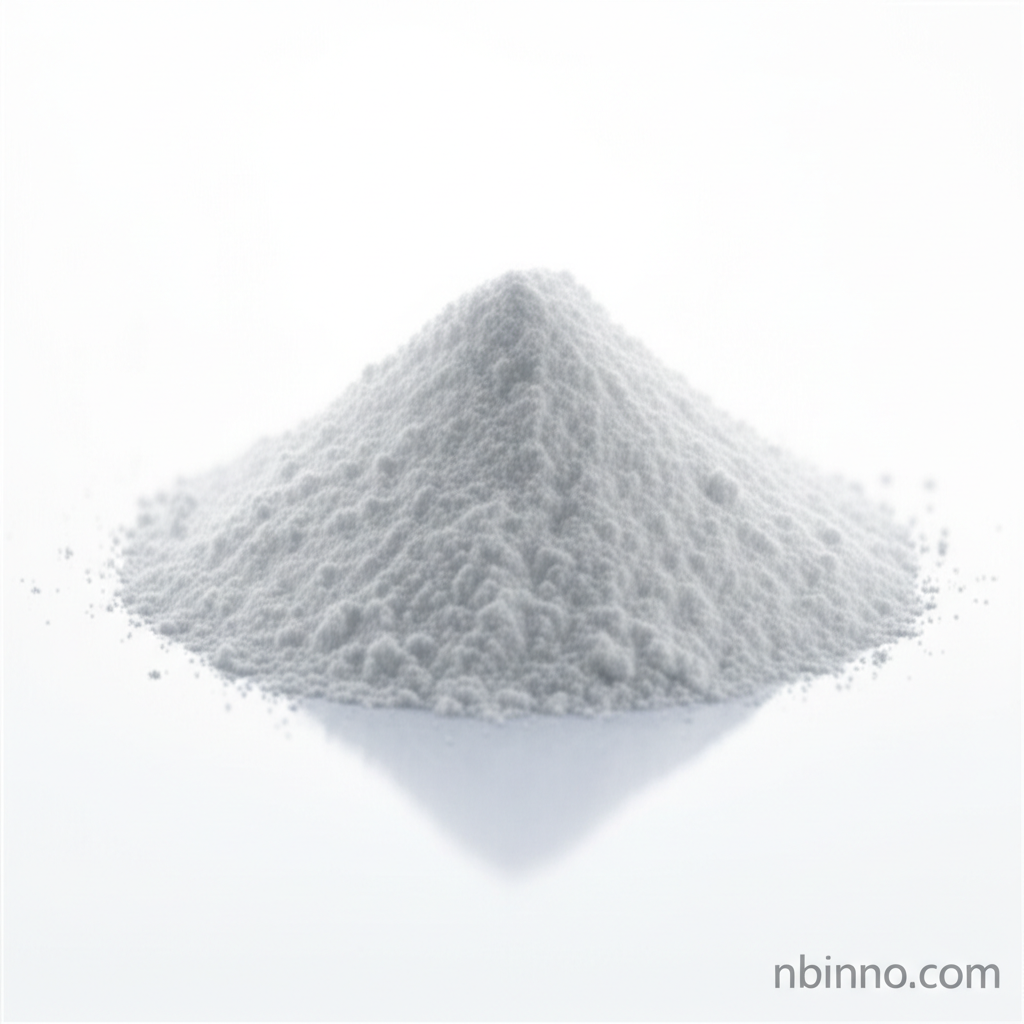Foxo4-Dri (Proxofim): A Peptide for Cellular Repair and Longevity
Discover the power of cellular rejuvenation and combat aging with advanced peptide technology.
Get a Quote & SampleProduct Core Value

FOXO4-DRI Peptide
FOXO4-DRI, also known as Proxofim, is a cutting-edge cell-permeable peptide designed to target cellular aging. It functions by blocking the crucial interaction between FOXO4 and p53, playing a significant role in promoting cellular repair and extending longevity. This advanced peptide is recognized for its ability to induce apoptosis in senescent cells, thereby offering a novel approach to combating age-related decline.
- Explore the benefits of FOXO4-DRI cellular repair for enhanced tissue regeneration.
- Leverage Proxofim anti-aging peptides to support cellular longevity and vitality.
- Understand how to block FOXO4 p53 interaction for improved cellular health.
- Learn about methods to induce apoptosis in senescent cells for a healthier cellular environment.
Advantages Offered by the Product
Targeted Cellular Cleanup
This peptide aids in the targeted elimination of senescent cells, contributing to overall tissue health and potentially slowing down the aging process by supporting apoptosis in senescent cells.
Enhanced Cellular Repair Mechanisms
By modulating key cellular pathways, it supports intrinsic cellular repair processes, making it valuable for those interested in cellular repair and longevity.
Combating Age-Related Diseases
Its potential to treat cardiovascular disease and neurodegenerative conditions by addressing cellular senescence positions it as a promising compound for research and development.
Key Applications
Cellular Rejuvenation
Investigate the effects of this peptide in promoting cellular repair and enhancing the body's natural rejuvenating processes, aligning with goals for cellular repair.
Longevity Research
Explore its use as a Proxofim anti-aging peptide in scientific studies focused on extending lifespan and improving healthspan, contributing to longevity research.
Senolytic Therapies
Understand its role in senolytic therapies, specifically its ability to induce apoptosis in senescent cells, a key aspect of developing new anti-aging strategies.
Age-Related Disease Management
Consider its potential impact on conditions like cardiovascular disease and neurodegenerative diseases by targeting cellular aging mechanisms, aiding in the management of age-related conditions.
